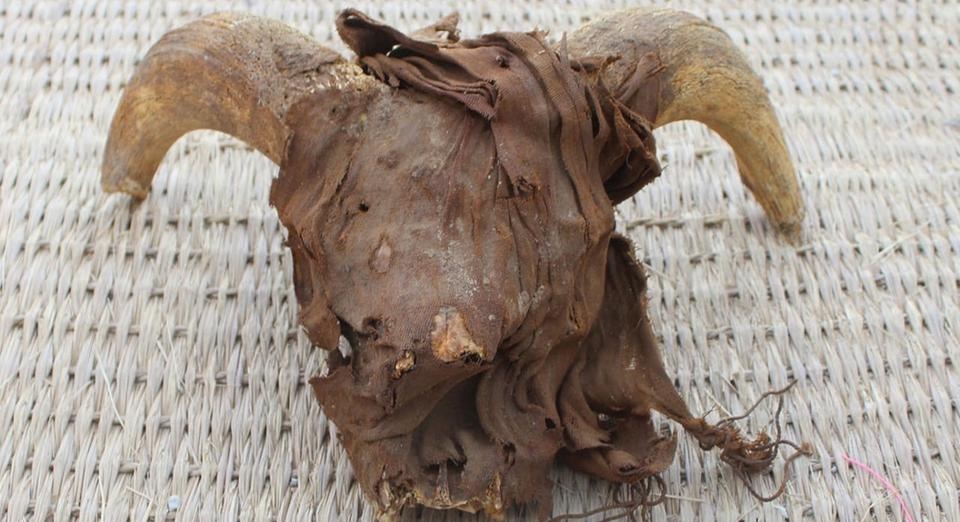2000 ram heads mummy found in Egypt
2000 rams in Egypt exposed... In Egyptian Abydos, researchers have excavated numerous animal mummies.

It is believed that it is an offering for Ramses II. In the case of similar finds, however, the accusation of the effects of effects was loud.
A New York University research team has uncovered more than 2,000 mummified rams from Ptolemäer era in the ancient Egyptian city of Abydos. Mummies of sheep, dogs, goats, cows, gazelles and manganese – this animal species include meerkats – were exhumed by the archaeologists, as the Ministry of Age Temper and Tourism announced in Cairo. The excavation site is a temple of the Pharaoh Ramses II.
According to the head of the US group, Sameh Iskander, the rams are offered. These indicated a cult of rever for Ramses II. 1000 years after his death.
Hope to learn more about the temple
The director of the Supreme Council for Altertümmer, Mostafa Waziri, expressed the hope that the finds contribute to learning more about the temple and life there. The cult building is said to have been built between 2374 and 2140 BC and the Ptolemaic period (323 to 30 BC).
In addition to the animal mummies, the team also discovered the remains of a palace with around five meters thick walls from the sixth dynasty as well as several statues, papyrus, remains of trees, leather clothes and shoes.
The site is located around 500 kilometers south of the capital Cairo on the Nilufer and was famous for the grave of the god of death Osiris in ancient times.
Faithfulness of the effect
The Egyptian authorities have repeatedly reported archaeological finds in the recent past. Since the discoveries are often of little scientific importance, according to researchers, the accusation of Effectal Hascherei was loud.
Egypt is in a severe economic crisis and is dependent on tourism. By 2028, the government was aiming for 30 million visitors a year.
Thousands of Mummified Ram Heads Revealed in Ancient Egyptian Temple
More than 2,000 mummified ram heads and a palatial Old Kingdom structure have been uncovered by archaeologists at the King Ramses II Temple of Abydos.
The finds, located roughly 270 miles (435 kilometers) south of Cairo, come from a period of over 1,000 years, from the Sixth Dynasty to the Heroic Age, making some of the discoveries over 4,300 years old.
In addition to the ancient ram’s head, archaeologists from the University of New York also discovered a group of mummified dogs, wild goats, cows, deer, and an ostrich.
The mummified remains are believed to have been left at the site to honor Ramses II about 1,000 years after his death, the Egyptian Ministry for Tourism and Antiquities said.
It is thought that the rams and other animals would have been used as offerings during worship of the rams in Abydus during the Bipidus period, Dr Sameh Iskandar, head of the mission added in a statement.
In addition to the wealth of animal remains, the archaeological team also uncovered a “huge building” with walls roughly five meters (16 feet) thick from the Old Kingdom’s sixth dynasty.
The structure contained a number of statues, tree remains, leather shoes, clothing, and papyri.

